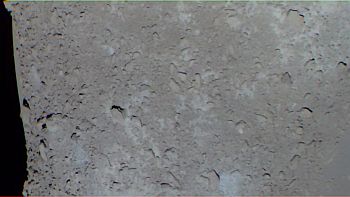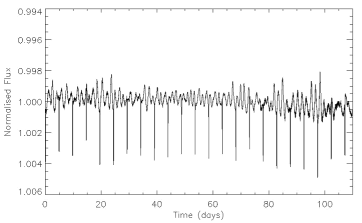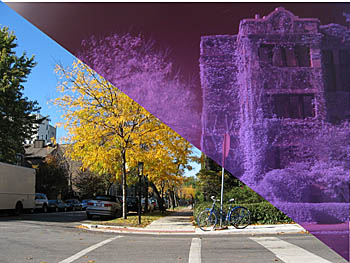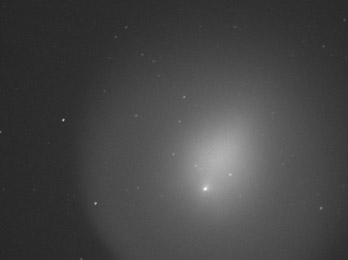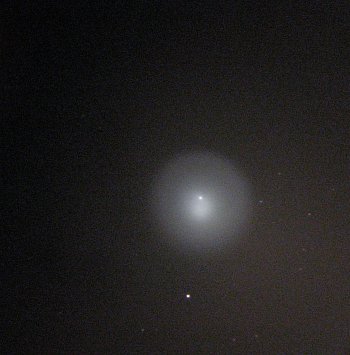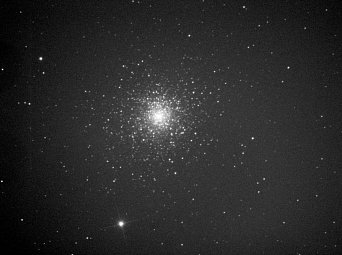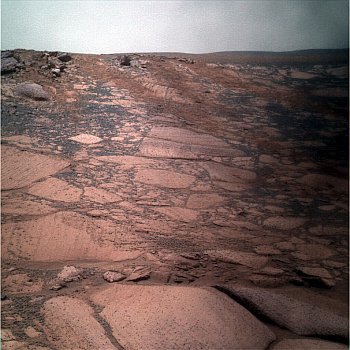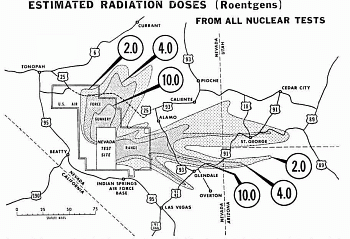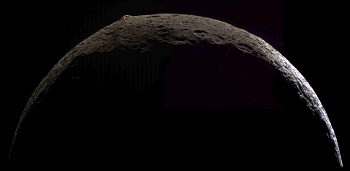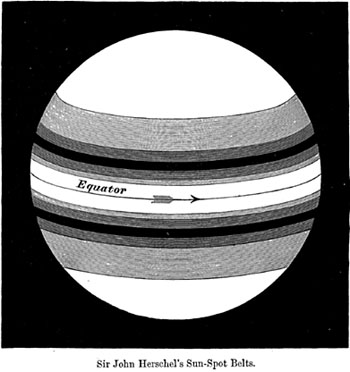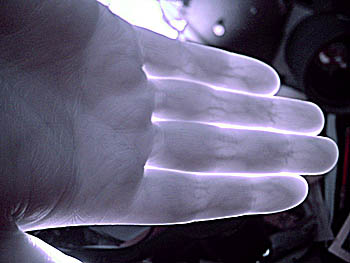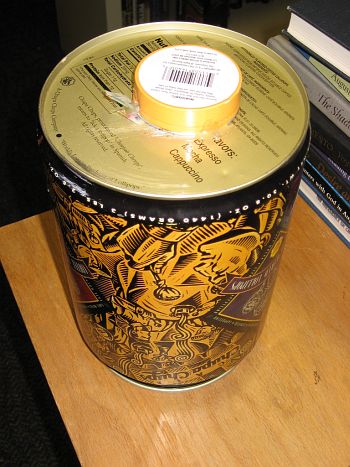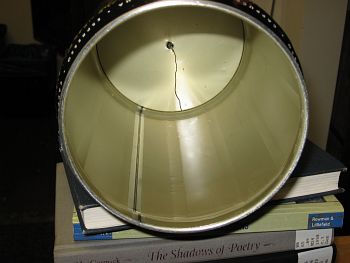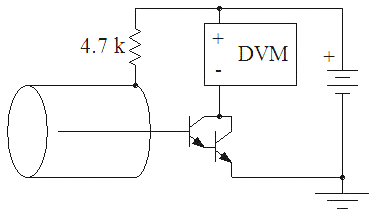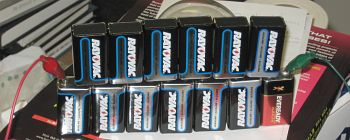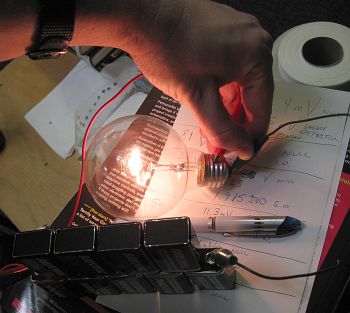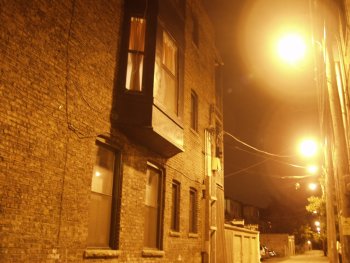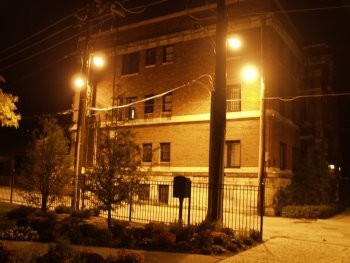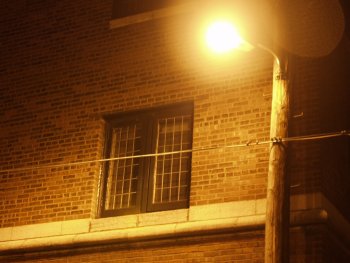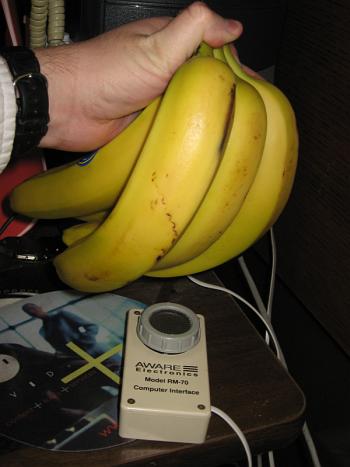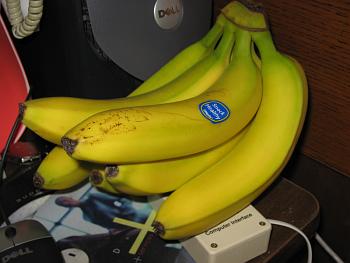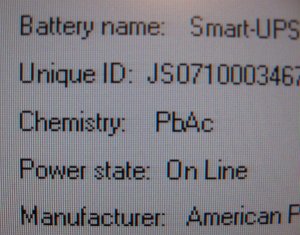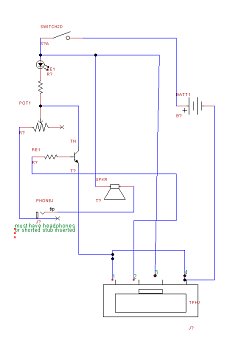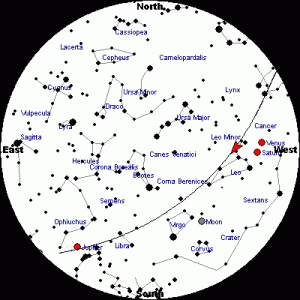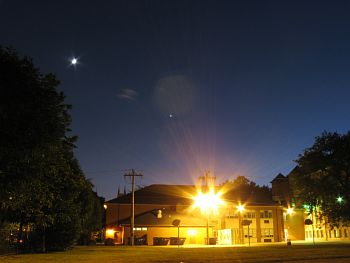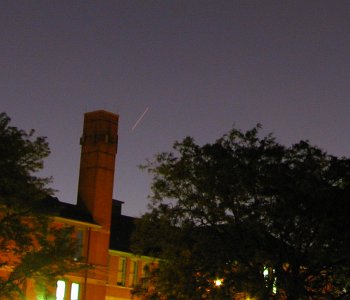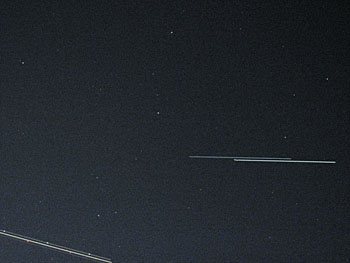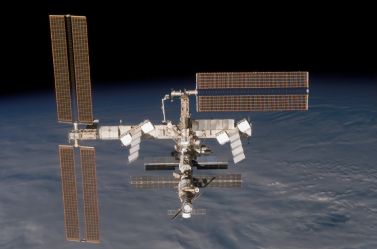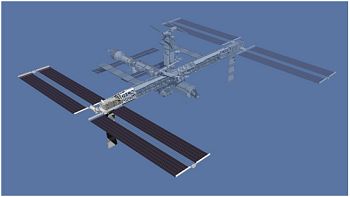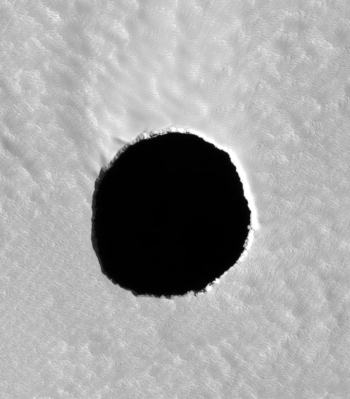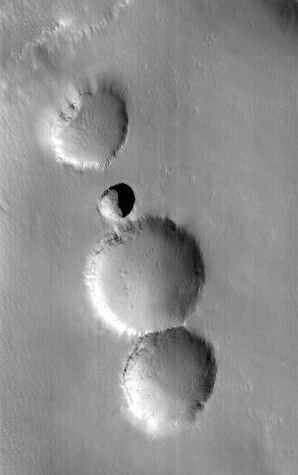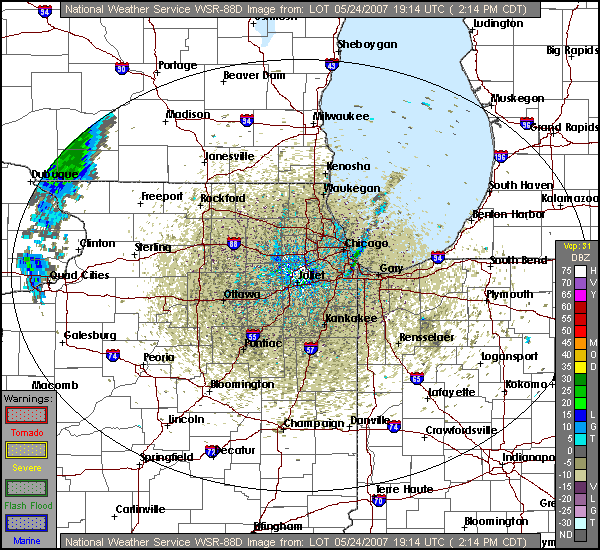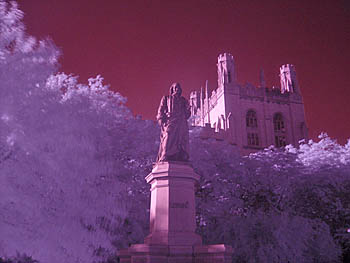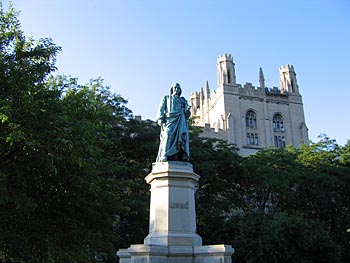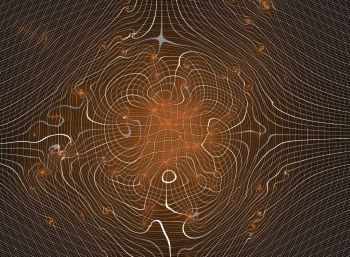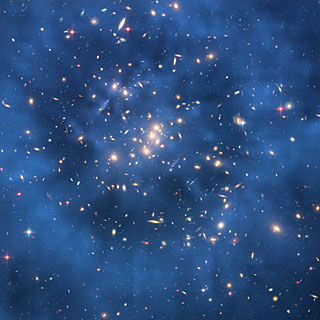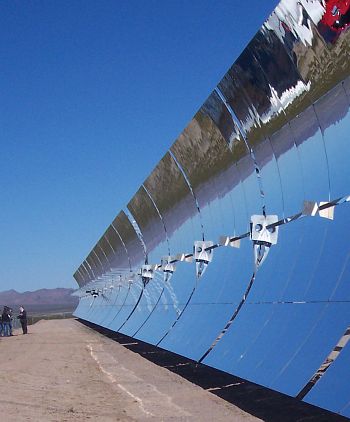 image from SolargenixA large solar thermal energy plant is now online
image from SolargenixA large solar thermal energy plant is now online in the
Eldorado Valley, just south of Las Vegas, creating up to 64MW of power from a 400 acre site covered with reflective troughs and tubes filled with brine (I was tempted to write "a series of tubes").
Molten salt is used to retain excess energy for later release when it freezes back into a solid. A view of the under construction site is
here. The site is located conveniently next to a very large power distribution network hub.
The heated tubes are interesting in their own right.
Schott makes them--a vacuum insulated glass tube with a blackened steel tube in the center. The outside has an anti-reflection coating, and the steel coating is made to reduce IR thermal emission: visible and near-IR go in, steel heats up, but it can't radiate thermal IR out. The result is 95% of light is absorbed; but only 14% of the IR is emitted. Keeping everything sealed at temperatures between freezing and 750F is difficult, and one of things Schott did was make a special glass with a coefficient of expansion the same as steel.
The second major solar energy project in southern Nevada is a
15MW plant at Nellis Air Force Base, using photovoltaic cells directly creating electricity. The system will track the sun, and it sits conveniently on an old landfill, land previously unusable.
In addition to these two major projects, there is a little over 3MW of solar energy projects in southern Nevada, with most of the total from the Las Vegas Valley Water District. See the status of Nevada energy projects in this
2007 reportRenewable decentralized solar energy continues to have arbitrary limits placed on it by law, keeping power companies monopolies in place. How requiring power companies to produce 15% of their power from renewables in eight years while disallowing much locally-produced power sources works together is beyond me.
From
Friday's Las Vegas Review-Journal:
A lobbyist for the Clark County School District said she was pleased that the proposal increased the maximum amount of solar power the district can generate to 2 megawatts compared to 570 kilowatts. ...
But per school limits are 50 kilowatts.
Conklin liked that limitation, because it encourages the district to install solar plants at more schools, giving more students an opportunity to see how solar power works.
... Under the bill, customers may qualify for net metering if they generate as much as 100 kilowatts on their site, up from 30 kilowatts.
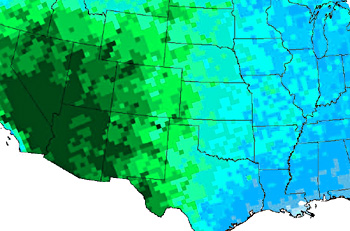
Nevada Solar One is static--a cheap low-maintenance support structure that resists wind damage very well (EDIT: someone corrected me: it's a one-axis tracker). The Nellis project uses tracking systems to maximize the solar gain. What is that gain? It depends a lot: on how much Sun you get, how long your days are, and how cloudy it is over the year. In Las Vegas, for instance, the overall solar energy received with a tracking system is about 7.1kWh per square meter per day averaged over the year. A static mount would get 6-6.5kWh. It doesn't sound like a lot of difference, but that's a per day number for only a square meter: multiply by 365 and for the size of the project, and it adds up. For single sunny months, tracking wins by far--
over 9kWh per day in June in Vegas compared with
7 for a static system. It's interesting to note the incredible values created on the North Slope of Alaska--nearly as much as the desert Southwest--merely from having the Sun around for 24 hours a day.
Why aren't we doing more to
power the cities of the Southwest with solar? Even just using solar water heaters in the warm months and smart skylights for daytime lighting would change energy use forever there.
A video describing Nevada Solar One, including some interviews,
is available here.
And finally,
click here for a more amusing video about the 360MW of solar energy projects in California.
